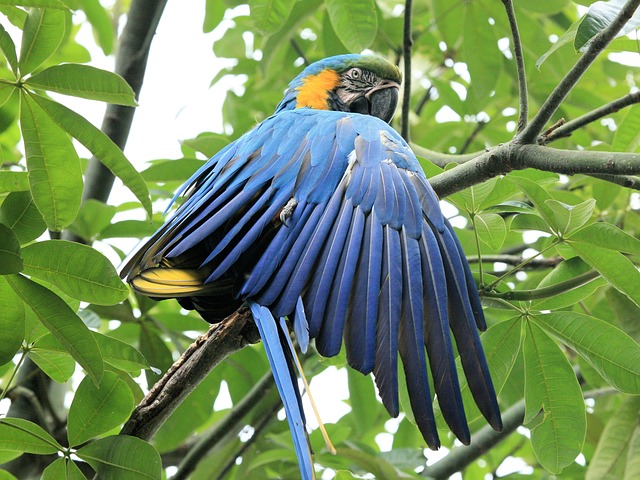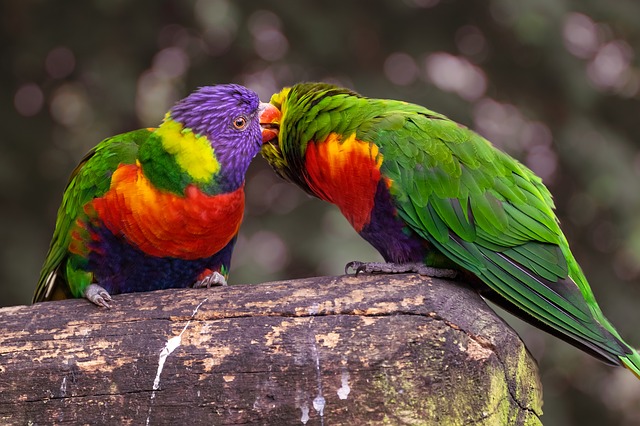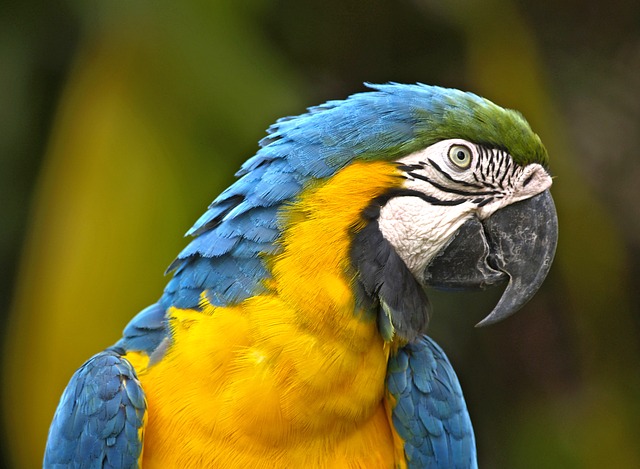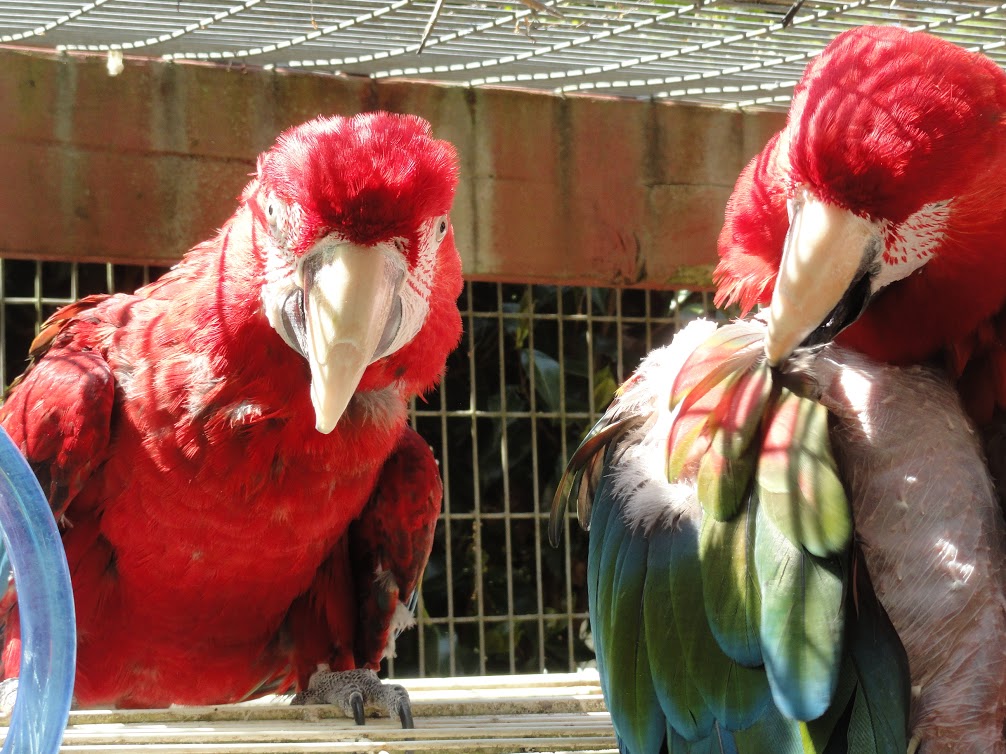Putting a First Aid Kit Together
Know how to restrain your bird properly. Knowing this may just save your bird’s life!
When a bird is injured, you will need to stop the bleeding before you take your bird to the avian veterinarian. Apply direct pressure to the wounded area. Once you get the bleeding under control, transport the bird to the veterinarian. Remember that the bird can bleed to death very rapidly.
Egg binding, seizures, concussions, protrusions from the vent, difficulty breathing, wheezing, broken bones, etc. need to be taken care of immediately. Get to the veterinarian ASAP!
It is always a good idea to have an emergency kit for your birds. Most of the items included here can be bought at any drug store. Some of the other items you may have to go to a medical supply store to obtain. Whenever you take a trip with your bird, make sure that you bring along a miniature version of the listed items.
Items in the Kit
- List of veterinarians and other emergency numbers
- Sterile syringes, no needles, to squirt liquid over injury or give avian veterinarian prescribed medication.
- Gauze sponges or pads to clean the injured area.
- Bandaging materials (gauze or ace bandage that has lost most of its elasticity.
- Towels to restrain the bird or cover the cage.
- Rubbing alcohol (Isoproply) & hydrogen peroxide: to clean an injured area or disinfect equipment.
- Clotting agent (styptic powder, flour or corn starch) to stop bleeding.
- Cotton tipped applicators (Q-tips) to help clean the injured area.
- Hot water bottle, heating pad, or heat light: to keep the bird warm.
- Needle nosed pliers or hemostats: to pull blood feathers or hold things.
- Nail file to file nails or beaks.
- Sterile saline solution to help clean or wet an area to get a better look.
- Providone iodine syrup and solution (Betadine) to help sterilize area or to be used to clean your hands.
- Penlight flashlight to provide you with extra light so you can see what you are looking at.
- Tweezers, long and blunted are best to help you remove material (i.e. seed caught in nares).
- Hand feeding formula or baby food to give your bird some extra nutrition.
- Small scissors to cut gauze or bandaging material.
- Apple juice (the best one to use), Pedialyte, or diluted karo syrup to give to prevent dehydration.
- Paper, pen and pencils: to write down what you did and when.
- Wooden tongue depressors to open your birds mouth, (not for use with larger birds).
- Tape (masking) won’t stick to the feathers much to hold bandages in place.
- Ziplock bags to take samples to the vet such as fecals or ingested substances.
- K-Y Jelly (water based lubricant).
- Latex gloves: protects your hands against hazardous materials.
- Sick cage such as an aquarium tank or small cage: to keep a sick or injured bird warm and quiet.
NEVER give over the counter medicines without an avian veterinarian’s approval. They can mask the symptoms of an illness which may result in an erroneous diagnosis!
NEVER treat a bird yourself. This is something your avian veterinarian must do! Do not self-medicate a bird, ever!
NEVER use salves, ointments, or creams if your bird gets burned. Use cool water instead.
NEVER give your bird medication meant for a human unless directed to do so by an avian veterinarian.




